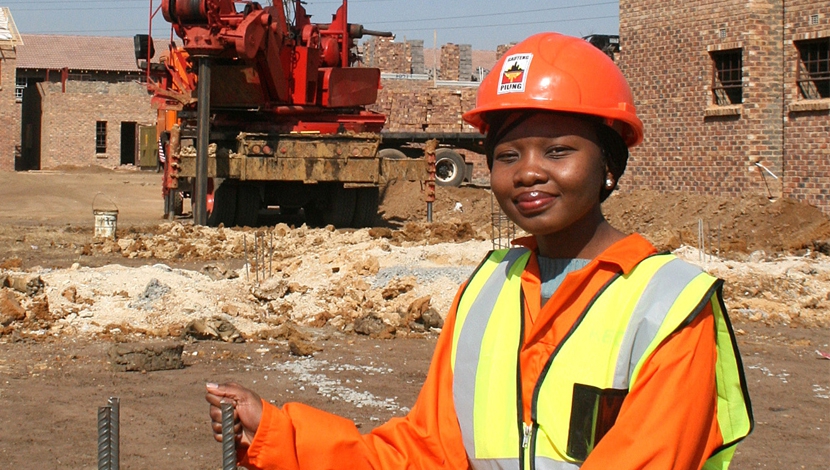

Geosynthetic products manufacturer and supplier Fibertex says its Fibertex AM-2 is the ideal product for road construction and road maintenance projects in Africa, owing to its being highly durable and resistant to all natural soil alkalis and acids.
“The Fibertex AM-2 is a flexible needle-punched precompressed nonwoven fabric, with added thermal bonding on one side,” explains Fibertex South Africa technical marketing manager Gerard Dirks.
The product is used to avoid the reflective cracking of new asphalt and protect subsoil from water intrusion and, thereby, loss of bearing capacity.
Dirks informs that this product was developed and modified from an existing product that was being used in similar road applications, owing to the African environment requiring modifications be made to ensure optimum performance in harsh conditions. Subsequently, this product was required to be more robust than its predecessor to accommodate the types of aggregates used in road surfacing.
Further, with countries in Africa mainly depending on manual installation, the product had to be configured so that it could be easily handled and placed without the need for heavy plant, and the possibility of injury risk to the installer.
The product has since been used in several installations in Africa, having been introduced to road authorities in several developing African countries as a cost-effective solution to road rehabilitation.
“Even though this product can be installed mechanically, it has been widely used in manual installations where the plant is either not accessible or manual installation is preferred.”
One such installation highlighted by Dirks is the Mombasa road rehabilitation project, in Kenya, in 2015. This road reseal project entailed the crack repair and reseal of an urban road that carries heavy traffic.
Dirks says using Fibertex AM-2 for this project prevented surface water from penetrating the bearing course, consequently preventing the washing out of fines and reducing fissures and cracks considerably, which could have led to the development of potholes. As such, this results in the long-term durability of the road wearing course, with a reduction in road-surface maintenance cycles.





